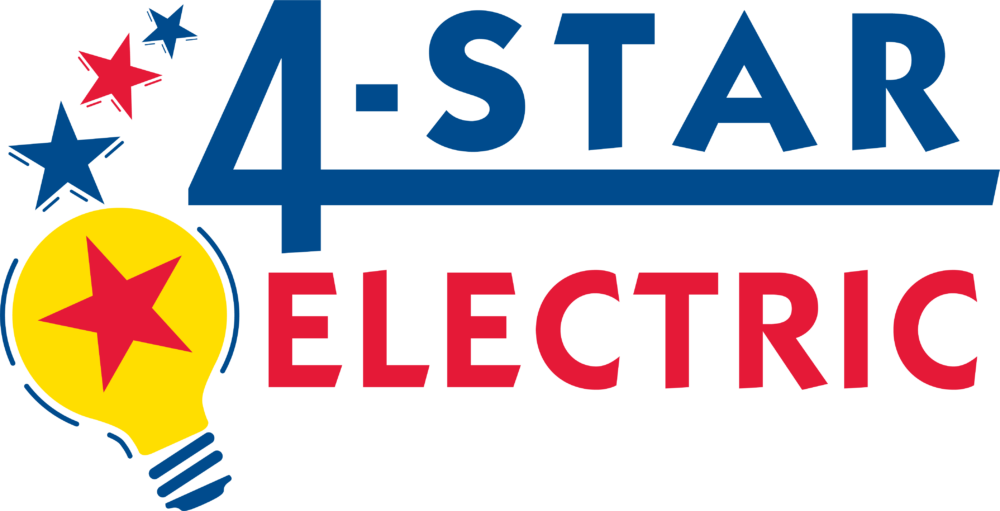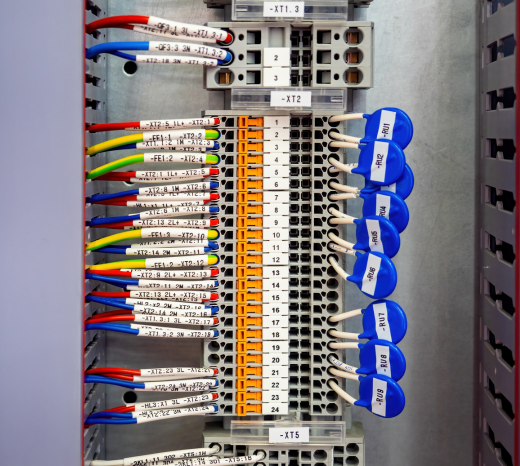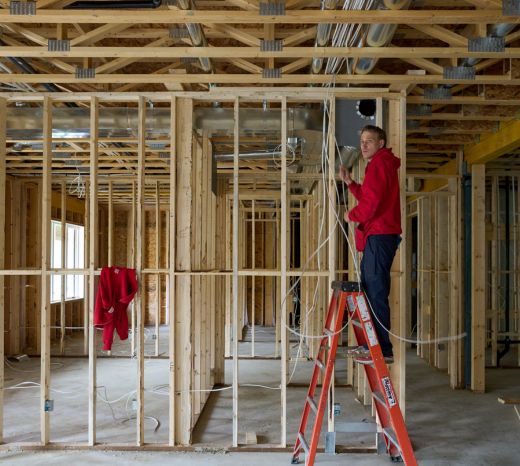Ungrounded outlets in your home can cause big problems. This includes damaging appliances, electrical shock, and potentially even fires. Grounding your 3-prong outlets properly can ensure safety and efficiency within your home.
There are different ways to spot an ungrounded outlet, which we'll discuss in this blog. Properly diagnosing, repairing, and testing outlets is best left for professional electricians with relevant experience. Here you’ll find an in-depth explanation of the science behind it all, and the steps you should take to ensure the electrical system in your home is working as it should.
For residential electrical services that keep your home safe and protected, call 4-Star Electric. Our certified electricians can make sure all the outlets in your home are grounded, hazard-free, and up to the most current safety standards.
What is Grounding?
The wiring systems in your home carry electrical current in 2 forms, positive and negative charge. The positive is neutral current, and the negative is hot current. When these currents pass they need to discharge negative energy.
This energy discharge follows the shortest path to the ground, the path of least resistance. This can cause sparks and even fires. Thankfully, there are safe ways to reduce these risks and to ensure the safe travel of this negative energy through a concept called grounding.
With a 3-prong outlet, like the ones in most modern homes, the 2 holes at the top are for the hot and neutral charge, and the third hole at the bottom carries a different pathway. It uses a bare copper wire that runs from each and every outlet and is connected to a grounding rod that is buried deep in the ground near your home.
This rod ensures that the negative energy that is discharged can easily flow through the electrical system and into the ground, without damaging any appliances or causing unnecessary damage.
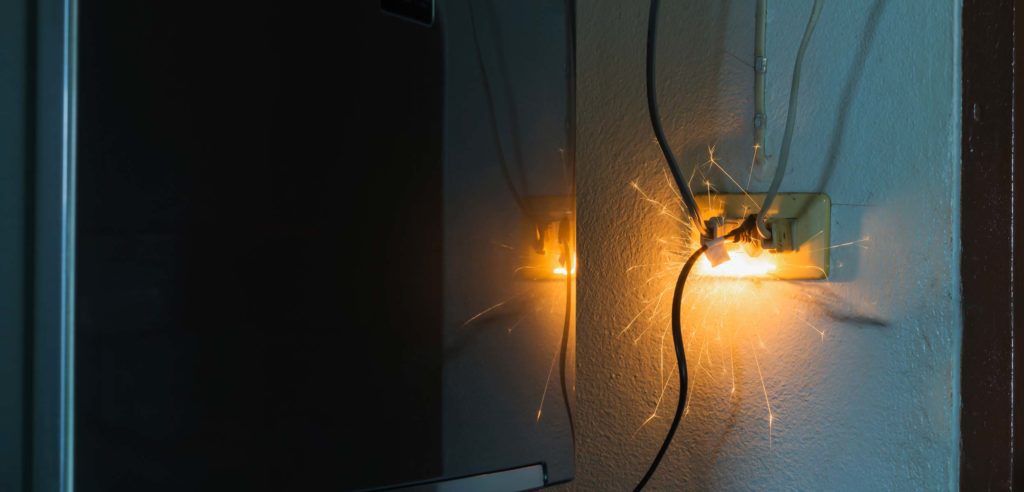
Signs of an Ungrounded Outlet
Being able to tell if an outlet is grounded just by looking at it isn’t always easy. Oftentimes, the fault occurs behind the walls and there’s just no way of knowing until you have an electrician in your home to evaluate any issues.
If you’ve ever been shocked while plugging in a household appliance, or seen sparks of any kind coming from an outlet, it’s best to call a professional and have it looked at right away.
Older homes typically have ungrounded outlets that can be identified just by looking at the face of the outlet (where you plug things in). They will only have 2 holes, instead of the newer 3 hole design. This 3rd hole is the path to the ground, and this has been required in most modern structures since the mid-1960’s.
If any concerns arise, an electrician will be able to use a special 3-prong GFCI outlet tester along with other strategies to help repair faults and prevent damage to your home. This way, if something is going on behind the walls, it can be repaired before something dangerous happens. This can be done during an annual electrical inspection with our home electrical experts from 4-Star.
How to Test Grounding
The simplest way to test if a 3-prong outlet is grounded is by using a plug-in outlet tester. These are plugged directly into the outlets of your home and will light up with different messages depending on how your outlets are wired.
This isn’t the only option and not necessarily the best way in some scenarios. An alternative method is to use a tool called a multimeter to check each prong of your electrical outlets. This testing method can also show whether the wiring was reversed and if there may be a bigger issue behind the wall that needs to be corrected.
By setting the multimeter to AC (alternating current) and using the red and black prongs in alternating order to test each of the 3 prongs of the outlet, you’ll be able to check:
- Hot to neutral connection
- Hot to ground connection
- Neutral to ground connection
- Ground to ground connection
These testing procedures and many other high-value benefits are included with the 4-Star Electric Home Protection Plan. This is a stress-free way to have a professional electrician inspect and target any problem areas within your home. Our electricians provide the appropriate solutions to keep your home safe and your mind at ease.
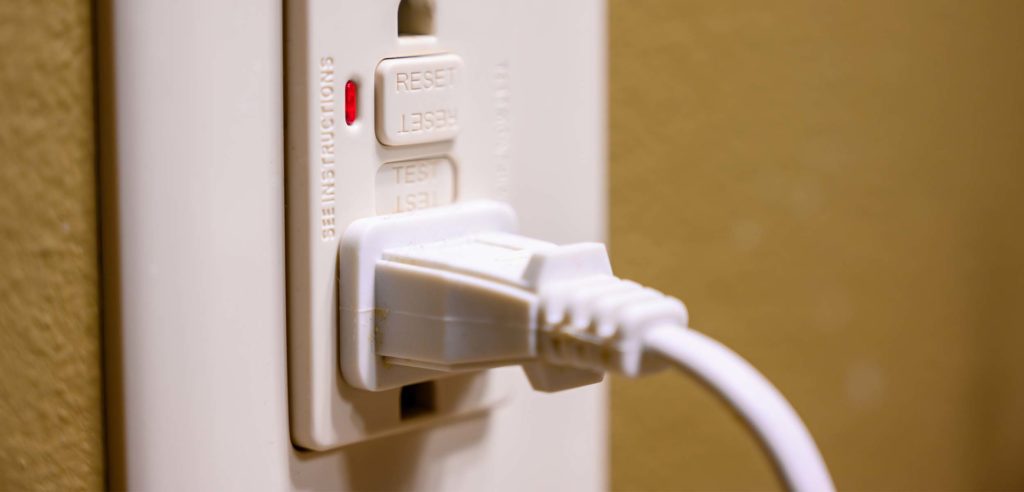
How to Repair & Ground Properly
Repairing and grounding 3-prong outlets within your home doesn’t have to be expensive. But with many options for repair available, it’s best to consider what works best for your home and your current situation.
The solution may be as simple as replacing the trouble outlet(s) with GFCI protected ones. Or you may want to rewire an existing outlet with the same wiring that’s present, but do it properly with a residential electrician.
If your home is currently undergoing renovations, it’s likely best to install brand new wiring to certain locations. This may be more costly of an option but you can ensure outlets are properly wired, grounded, and safe for years to come.
If you’re in the Calgary area and you’ve experienced issues with your 3-pronged outlets or are wondering if your home needs an electrical upgrade, call our office to book an appointment. Don’t hesitate to contact 4-Star Electric today. Experience the difference our star-studded service makes for your household and your electrical systems.
